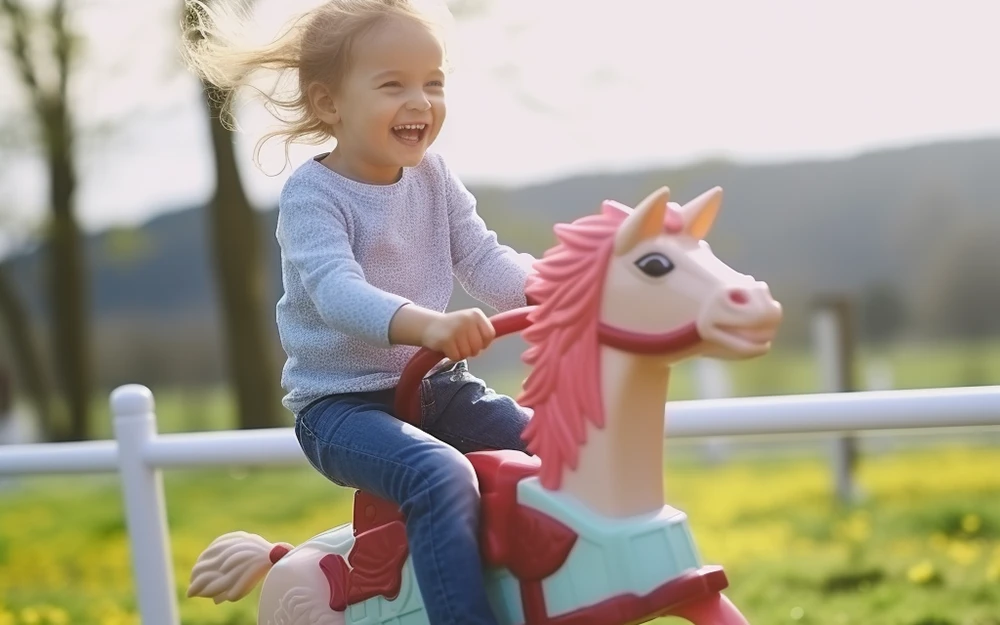Introduction to Wooden Outdoor Playgrounds
Wooden outdoor playgrounds have become popular among parents and educators due to their eco-friendliness, natural aesthetic, and benefits for children’s development. These play areas provide children with a dynamic environment to grow physically, mentally, and socially while spending time outdoors.

Why Wooden Playgrounds?
Wooden playgrounds offer a natural, safe, and stimulating space where children can enjoy playtime while benefiting from the positive impacts of interacting with nature. Wood is not only sustainable but also aesthetically pleasing, creating a welcoming play environment that integrates well into outdoor settings.
Benefits of Outdoor Play for Children
Playing outdoors is essential for children’s growth, contributing to their physical and mental development. A well-designed wooden playground encourages children to engage in various activities that support these aspects of development.
Physical Development
Outdoor play helps improve strength, coordination, and flexibility. Climbing, jumping, and running are all physical activities that children enjoy on wooden playgrounds, strengthening their muscles and bones.
Mental Well-being
Outdoor play promotes mental health by reducing stress, boosting mood, and increasing cognitive function. Spending time outside in a stimulating environment allows children to recharge mentally.
Unique Benefits of Wooden Playgrounds
Unlike plastic playgrounds, wooden playgrounds offer specific advantages related to eco-friendliness, durability, and safety.
Eco-Friendliness
Wood is a renewable resource, making it a sustainable choice for playgrounds. Using wood reduces the reliance on plastics, which can be harmful to the environment.
Durability and Safety
High-quality wood is durable and can withstand outdoor conditions, ensuring a longer lifespan for playgrounds. Additionally, wood absorbs shock better than some artificial materials, reducing the risk of injuries.
Physical Health Benefits of Wooden Playgrounds
Wooden playgrounds are designed with physical development in mind, supporting various activities that contribute to children’s fitness.
Building Strength and Coordination
Climbing structures, swings, and balance beams are excellent for developing core strength and coordination. Wooden playgrounds often include these elements, encouraging children to exercise their bodies as they play.
Encouraging Active Lifestyles
Wooden playgrounds encourage children to engage in active play, which helps them maintain a healthy weight and fosters a lifelong love for physical activity.
Mental Health Benefits of Outdoor Play
Wooden playgrounds support mental health by providing a natural, calming environment where children can relax and engage their creativity.
Boosting Creativity and Imagination
The open-ended nature of wooden playground structures fosters imaginative play, allowing children to create their own games and stories.
Reducing Stress and Anxiety
Nature-based play has been shown to reduce stress and anxiety in children. Wooden playgrounds, with their natural look and feel, offer a peaceful environment for children to unwind.
Wooden Playgrounds and Social Skills Development
Playgrounds are also great spaces for children to develop social skills, as they interact with other kids through group activities.
Encouraging Teamwork and Sharing
Children learn to take turns, share, and cooperate when playing together on playground equipment, which helps develop their social skills and teaches them the importance of teamwork.
Building Communication Skills
Playing with others also improves children’s communication skills, as they learn to express themselves, listen, and resolve conflicts.
Eco-Friendly Aspects of Wooden Playgrounds
Wooden playgrounds are not only beneficial for children but also for the environment, as they support sustainability.
Sustainability of Wood Materials
Wood can be sourced responsibly from renewable forests, making it a sustainable choice for playgrounds. This reduces the playground’s environmental footprint.
Reduction of Plastic Usage
Using wood in playgrounds decreases reliance on plastic, which has significant environmental benefits by lowering plastic waste and reducing pollution.
Safety Features of Wooden Playgrounds
Safety is a top concern for parents, and wooden playgrounds incorporate features that make them safe for children of various ages.
Natural Shock Absorption
Wood provides better shock absorption than plastic, which helps reduce the severity of falls and other minor injuries.
Safe for All Ages
Wooden playgrounds are designed to cater to children of different age groups, with features that are safe and accessible for all.
The Educational Benefits of Wooden Playgrounds
Playgrounds aren’t just for play; they’re learning spaces too! Wooden playgrounds can foster educational growth and enhance problem-solving skills.
Interactive Learning Opportunities
Features like climbing walls and balance beams help children learn through exploration and experimentation.
Promoting Problem-Solving Skills
Many playground structures are designed to challenge children’s problem-solving skills, encouraging them to think critically and creatively.
Parental Involvement and Supervision in Outdoor Play
Parents play an important role in encouraging safe outdoor play. Supervising children on the playground fosters bonding and ensures a safe play environment.
Wooden Playgrounds vs. Plastic Playgrounds
When considering a playground material, parents often wonder how wood compares to plastic.
Safety Comparison
Wood provides natural shock absorption, whereas plastic can become slippery or develop sharp edges over time.
Environmental Impact
Wood is biodegradable and has a smaller environmental footprint than plastic, which contributes to pollution.
How to Choose the Right Wooden Playground for Your Child
When selecting a wooden playground, consider factors such as the child’s age, the space available, and safety features like smooth surfaces and rounded edges.
Maintenance of Wooden Playgrounds
Regular maintenance ensures that wooden playgrounds remain safe and functional. Simple tasks like sealing the wood and checking for splinters can prolong the playground’s lifespan.
Conclusion: The Value of Wooden Playgrounds for Children’s Growth
Wooden outdoor playgrounds provide a rich environment for children to grow physically, mentally, and socially. They offer a sustainable, safe, and engaging space where children can enjoy the benefits of outdoor play, from strengthening their bodies to boosting their mental well-being and creativity.











